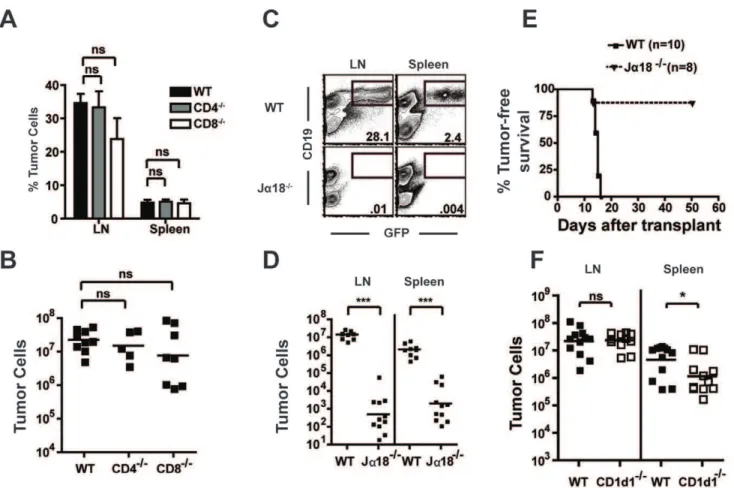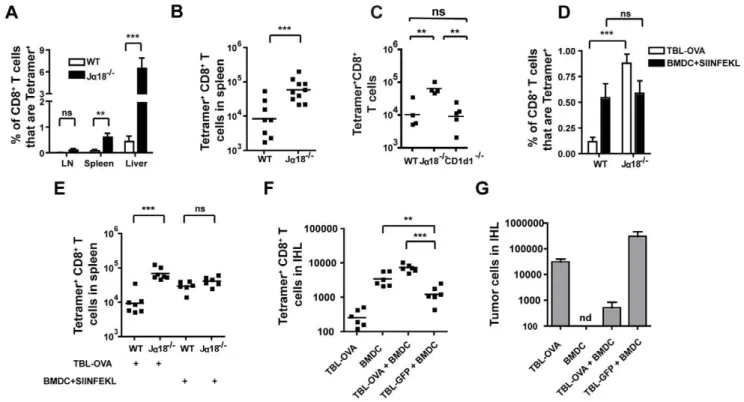iNKT cells suppress the CD8+ T cell response to a murine Burkitt's-like B cell lymphoma.
Texto
Imagem


Documentos relacionados
To link the reduced GC responses in old mice ( Fig 2 ) with cell-intrinsic migratory defects of the naïve CD4 + T cells ( Fig 4 ), we adoptively transferred sorted naïve CD4 + T
Although there was no difference in the accumulation of inflammatory cells in the peritoneal cavity of ROR c t 2 / 2 mice versus WT controls (data not shown), the absence of ROR c
Treatment of neuroblastoma cells with a COX-2 inhibitor resulted in a diminished cell growth and viability that was reversed by the addition of dmPGE 2.. Similarly, PGE 2
CD4 + T cells mediated an attenuated CHS response to oxazolone in the RAG 2 / 2 model compared with the response induced by CD4 + and CD8 + T cells together. The presence of Figure
Figure 4B shows that a significant population of TRP-2 antigen-specific CD8 + T cells is present in tumor-free surviving mice, 120 days following the first melanoma inoculation and
Figure 4. CD4CD8 double positive T cells are present in the synovium of RA patients and produce T helper 2 like cytokines. A) Single cell suspensions were prepared from
Our data indicate that while the development of single positive CD4 + and CD8 + T cells in the thymus remained intact in granzyme B-deficient mice, the peripheral pool of CD8 + T
T cells, to study T cell priming in response to Lm infection in vivo , Labeled T cells were adoptively transferred into wild-type B6 mice that were subsequently primed